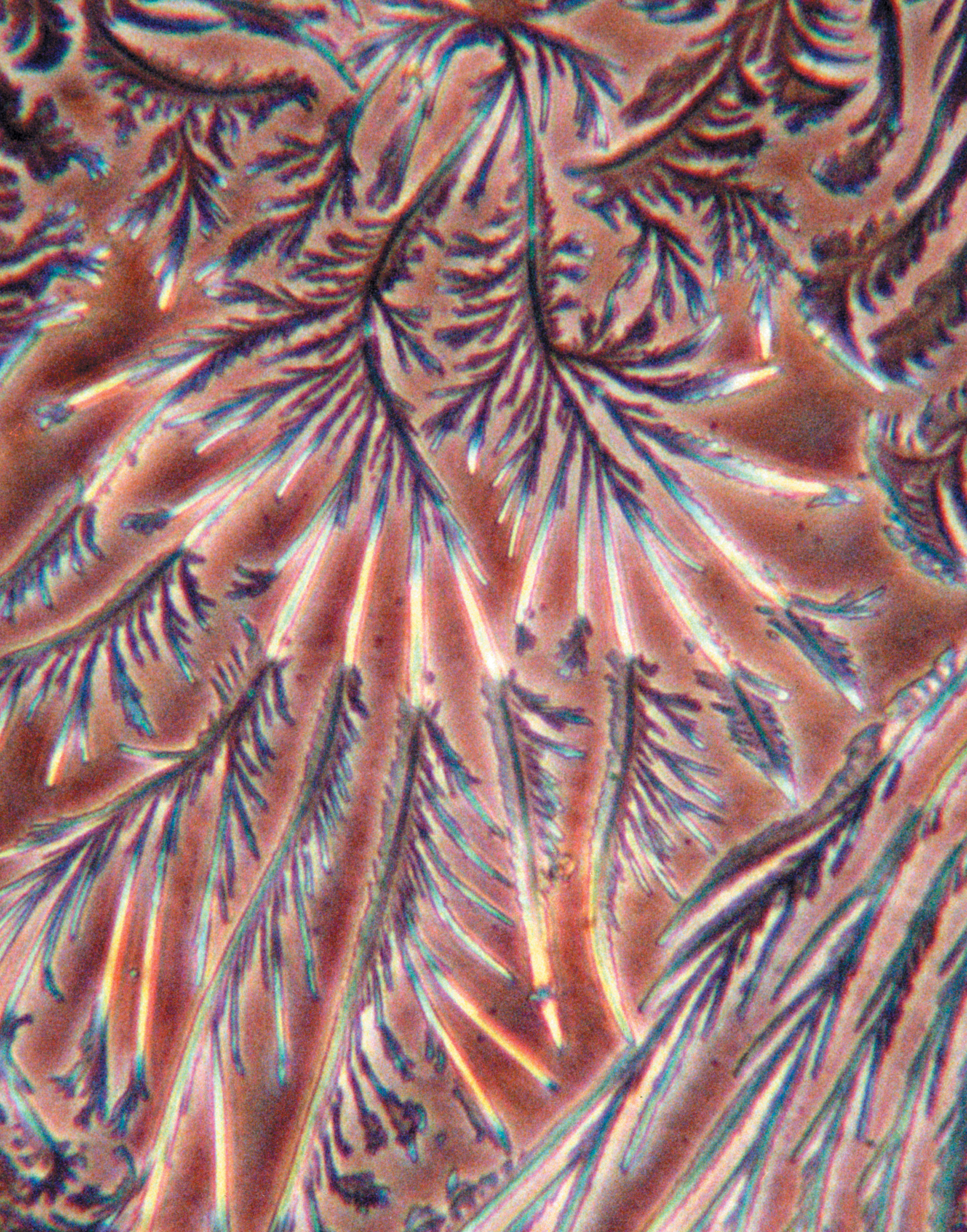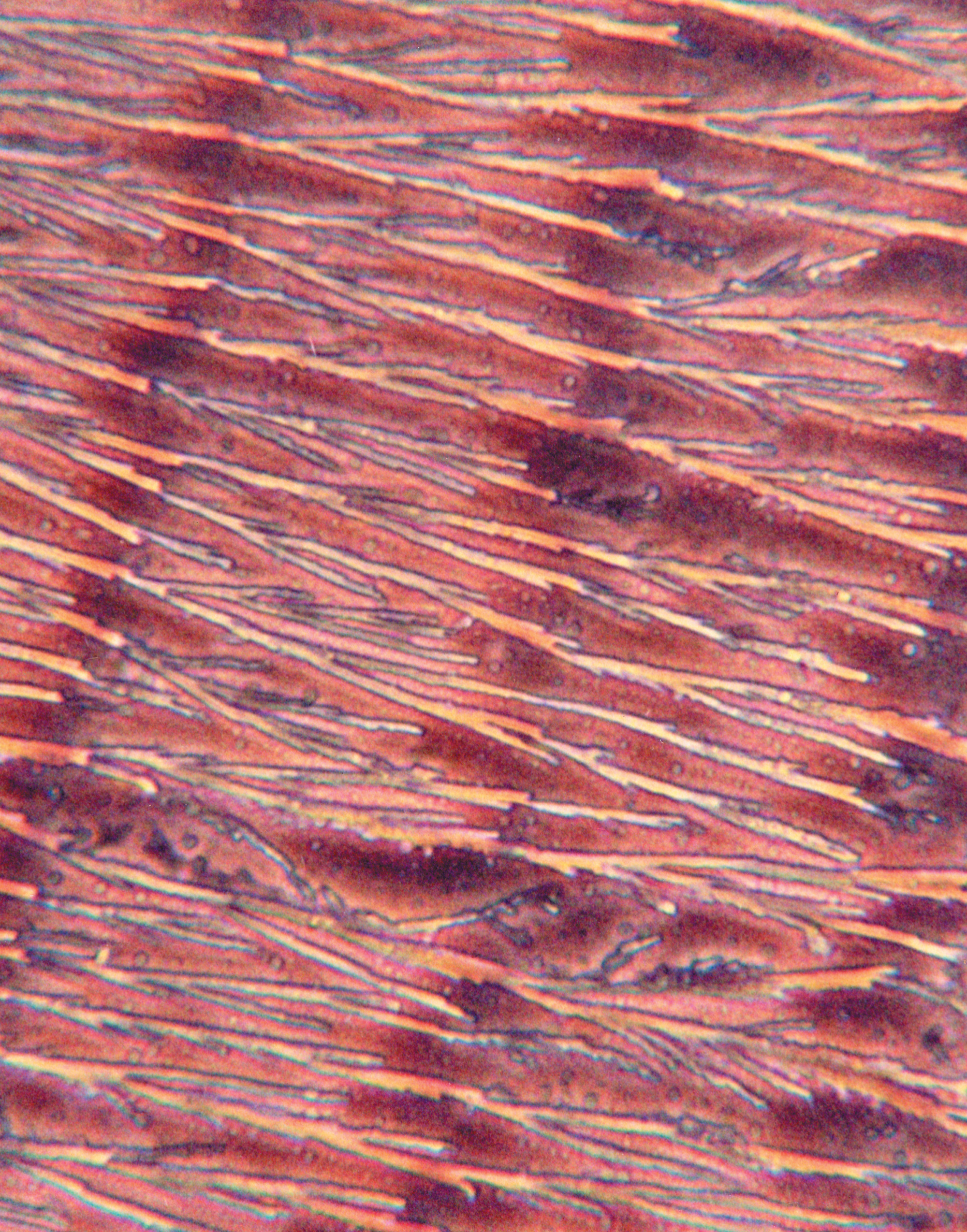Artist Project / Field Traces
Imaging electrogenetics
Bill Jones
For the past five years, I’ve been working with Dr. Merrill Garnett, a biochemist who has spent three decades researching electrogenetics, the behavior of biological systems altered by substances that increase the flow of electrical charge to DNA.
The basis of Dr. Garnett’s approach involves the postulation that there is a corollary genetic code of pulsed electromagnetic current that enables communication at the cellular level within a given organism. The coaxial liquid-crystal structure of DNA transmits and receives energy and information by a process known as flexo-electricity, the equivalent of the piezoelectricity produced by crystal oscillators in computers. Dr. Garnett theorizes that molecular nano-circuits, through which the corollary genetic mechanism transfers charge over great distances, induces the multi-cellular state, as well as being key to organized growth and development. Every cell has both an inward and outward current. The inward current builds up, and forms a metastable equilibrium involving multiple reactions. When the inward current reaches a certain level, outward current is forced to occur. We see the visual evidence of this flux of energies in experiments and resulting photographs that show changes in form. In such images, DNA liquid crystals that normally look like small flowers explode outward into starburst-like structures when charged at the correct frequency, expressing the energy field needed for cell maturation. During the life of an organism, this energy flux continually streams through its DNA in a number of axes of vibration–when the fluxes end, life ends.
Microscopy and microphotography of electro-active biological polymers charged with pulsed electro-magnetic fields trace those fields as the liquid crystalline polymers dry on the surface of a glass microscope slide. The microphotographs presented here show field traces mapping the change in structure and symmetry of DNA and prothrombin–the bio-polymer responsible for blood clotting that one preliminary model suggests might function as a kind of vascular “internet,” facilitating communication with DNA–under the influence of a pulsed electro-magnetic field.


Bill Jones is an artist and writer. He is represented by the Sandra Gering Gallery in NY and is currently the Director of Operations of Garnett McKeen Laboratory, Inc.
Spotted an error? Email us at corrections at cabinetmagazine dot org.
If you’ve enjoyed the free articles that we offer on our site, please consider subscribing to our nonprofit magazine. You get twelve online issues and unlimited access to all our archives.